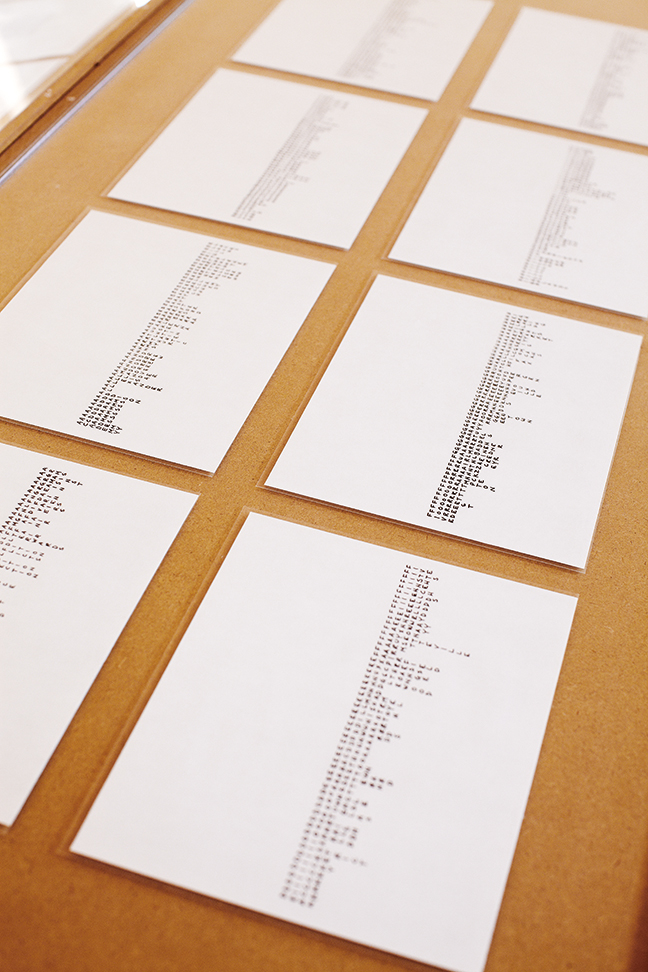
Carl Andre
Words, 1958–1972
While he is known primarily for his sculpture, Carl Andre also produced poetry from the early 1950s to the mid 1970s. Andre’s poems, which were typed on a manual typewriter or hand-written, can also be read as drawings. They relate directly to the artist’s three-dimensional work in that they incorporate the word as a compositional module, much like his signature use of bricks or metal plates. Loosely narrative in structure, the poems often include historical references and traces of autobiography. The poems obliquely evoke character and setting while incorporating various literary forms such as the sonnet, opera, or novel. Andre donated nearly 500 pages of his poetry to Chinati’s collection, and the work was installed in its own building, in vitrines designed by the artist, in 1995.
Carl Andre was born in 1935 in Quincy, Massachusetts passed in 2024. Major exhibitions include: Carl Andre: Sculpture as Place, 1958–2010, Dia:Beacon, Beacon, NY (2014–15), traveled to the Geffen Contemporary at MOCA, Los Angeles, (2017); Carl Andre: Black Wholes, Kunsthalle Basel, Switzerland (2005); Carl Andre, Works on Land, Open Air Museum, Middelheim, Antwerp, Belgium (2001); The Complete Poems, Stedelijk Museum, Amsterdam (1994); Carl Andre – Sculpture, Museo d’Arte Contemporanea, Castello di Rivoli, Turin, Italy (1987); Museum of Modern Art, New York (1973); Solomon R. Guggenheim Museum, New York (1970).


Chinati Thirteener, 2010
Chinati Thirteener was designed by Carl Andre for the courtyard of Chinati’s temporary gallery. It consists of 13 strips of hot-rolled steel plates, each 12 x 36 inches, laid out in equal distances on a surface of gravel. These lines mark the rectangular area in loose relation to the vertical posts running along the porch. An interesting aspect is the alternation of smooth steel surfaces and rough gravel; the distinction between them will only be enhanced over time, as the steel plates will entirely rust and then show an even greater contrast to the pebbles. The piece was first installed at Chinati in 2010.
